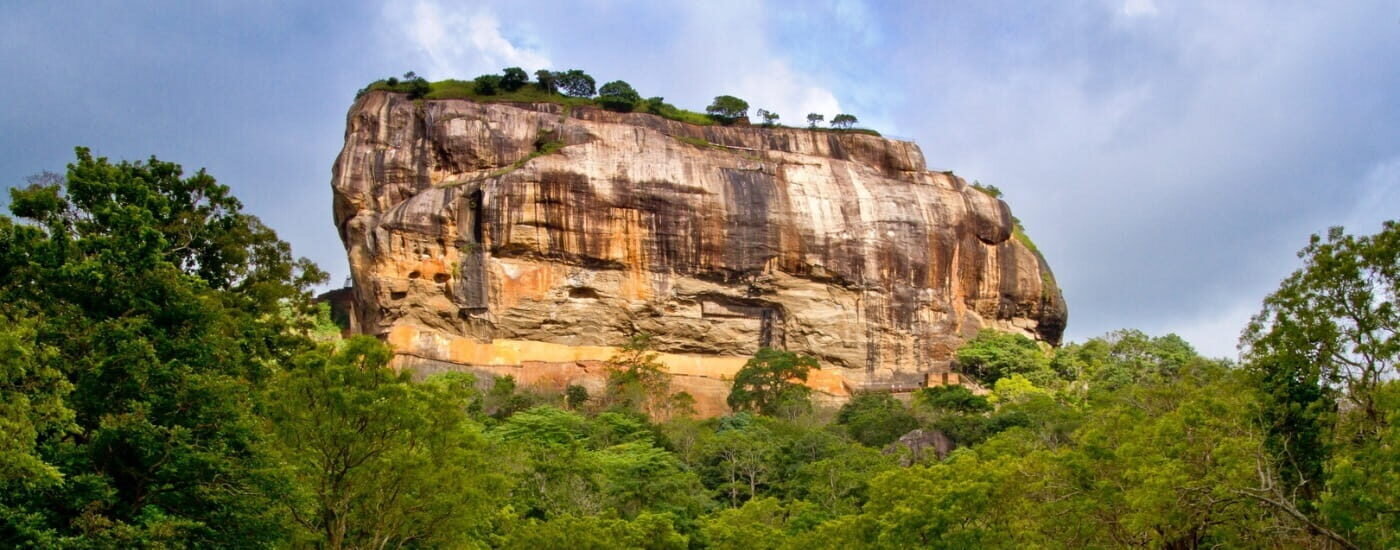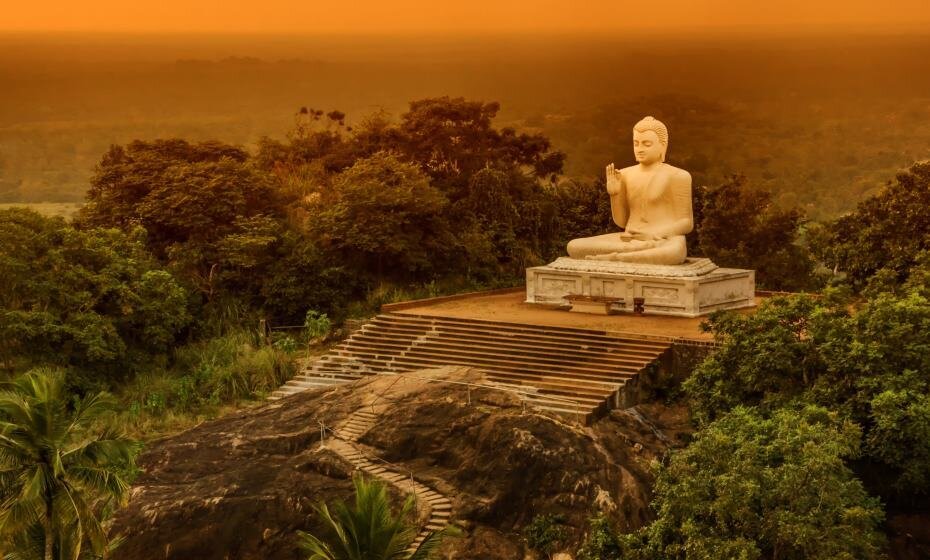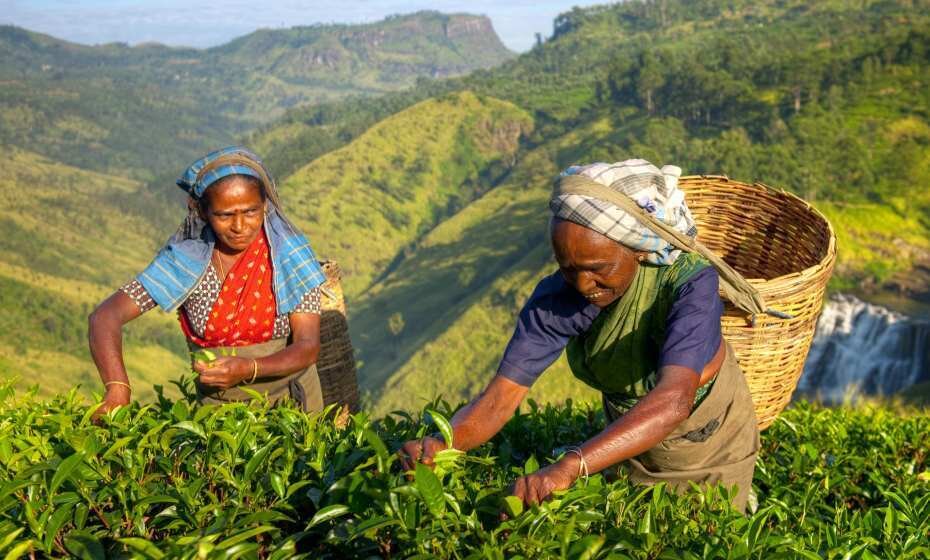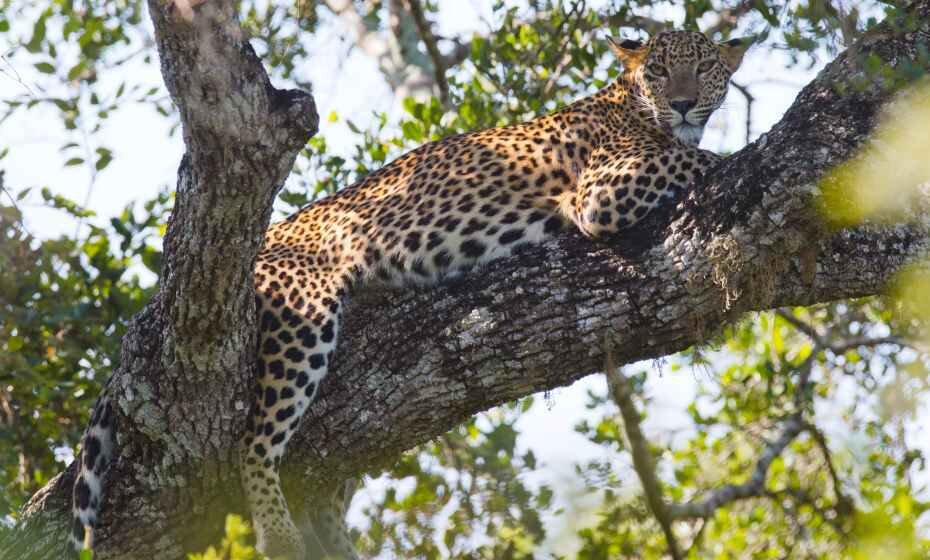World Heritage Sites in Sri Lanka
Along with verdant greenery and blissful beaches, there are eight UNESCO World Heritage Sites in Sri Lanka for you to discover. Visit the Temple of the Tooth in Kandy, the intricate carvings in Lion’s Rock and beautiful Buddhist paintings and statues in Dambulla Cave Temple. Or marvel at the beauty of the montane forests in the Central Highlands and the gorgeous lowland flora and fauna at Sinharaja Forest Reserve.
What is a World Heritage Site?
World Heritage Sites are man-made or natural locations, monuments, sites, or structures that have cultural, historical, or scientific significance and have been nominated and proclaimed by UNESCO as deserving of special international protection.
World Heritage Sites in Sri Lanka
Here are the eight UNESCO World Heritage Sites in Sri Lanka:
Ancient City of Polonnaruwa (1982)
Around 90 miles north of Polonnaruwa town lies the Royal Ancient City of Polonnaruwa, the second most ancient of Sri Lanka‘s kingdoms and one of the best archaeological relic sites. The former capital city was ruled by King Vijayabahu who was so adamant not to waste any rainwater that he constructed effective irrigation systems that are still used today to supply paddy fields with water during the dry season.
Declared one of the UNESCO World Heritage Sites in Sri Lanka in 1982, the ruins of this ancient city date from the late 10th century when South India’s Chola kings invaded Sri Lanka and conquered Anuradhapura. One of the great attractions is the historic royal bath and swimming pool, which has been well conserved. Crocodile-mouth spouts send fresh water into the pool from a corner of the royal grounds.
After approximately 700 years, the original lime plaster of the Dagaba Kiri Vihara is still a pure white. It is the city of Polonnaruwa’s best-preserved unrestored dagaba, a dome-shaped shrine containing Buddha or Buddhist Saint relics. The Audience Hall, which has exquisite stone-carved elephants along each of its walls, and the 55 remaining rooms of the Royal Palace, the original 1,000-room house of King Parakumba (1153-1186), are also worth a visit.
Duran Duran fans will recognise Polonnaruwa as a backdrop for the 1982 music video for Save a Prayer.
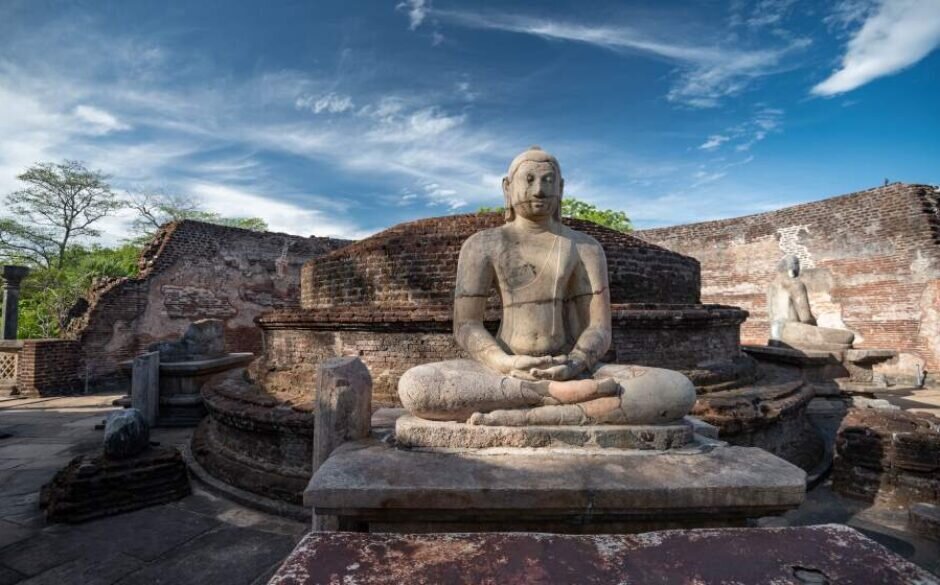
Ancient City of Sigiriya (1982)
The second of our World Heritage Sites in Sri Lanka is the Ancient City of Sigiriya, one of Sri Lanka’s most popular tourist attractions. Around 25km from Dambulla, this ruinous fifth-century city echoes of past grandeur with its beautifully landscaped gardens, mirror wall, monastery, and moat and wall fortifications.
The star attraction is the 200m high granite Lion Rock with its delicate frescoes including the spectacular ‘Maidens of the Clouds’ and the remains of a royal palace at the summit.
The Ancient City of Sigiriya predates the archaeological evidence of religious communities living in the area in at least the third century BC. It was built for King Kasyapa, the son of the previous king by a non-royal consort after he killed his father and seized the throne from his half brother and heir. After his brother reclaimed the throne, he reinstated Anuradhapura as the capital city and left Sigiriya to the monks. The city became abandoned until colonial archaeologists found the site in the early 1800s. There are still large parts of the ancient city awaiting excavation.
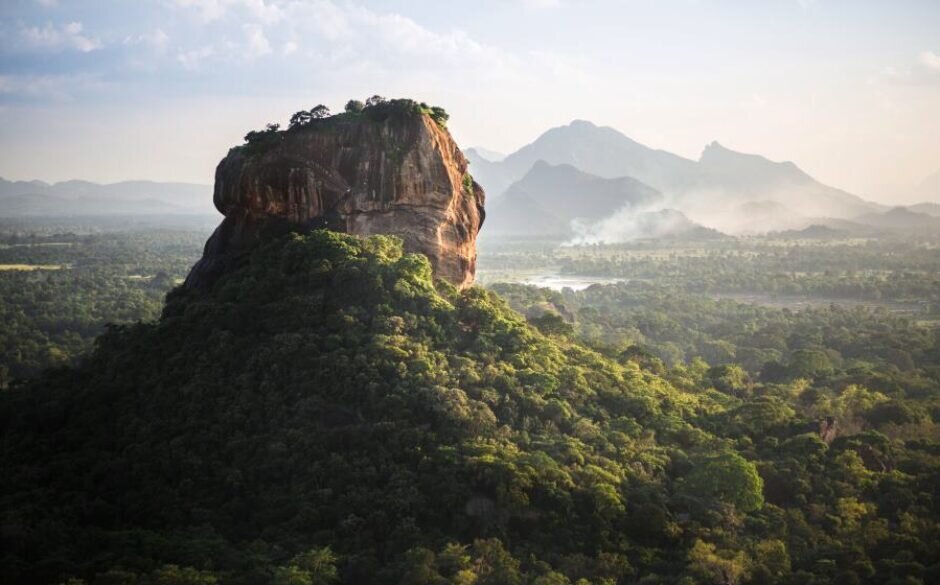
Sacred City of Anuradhapura (1982)
Anuradhapura is a major city in Sri Lanka and one of its ancient capitals, famous for the well-preserved ruins of an ancient Sinhala civilization.
Now one of the eight UNESCO World Heritage Sites in Sri Lanka, the city was the centre of Theravada Buddhism for many centuries. The city lies on the banks of the historic Malvathu River and is one of the oldest continuously inhabited cities in the world.
It is said that Anuradhapura was established by Sanghamitta, the founder of a Buddhist nuns’ order, who carried a cutting from the ‘tree of enlightenment (the Buddha’s fig tree) to this hallowed city in the third century B.C.
After an invasion in 993, Anuradhapura, a Ceylonese political and religious capital that existed for 1,300 years, was abandoned. The magnificent site, with its palaces, monasteries, and monuments, has been hidden for many years in an impenetrable jungle and is now open to the public.
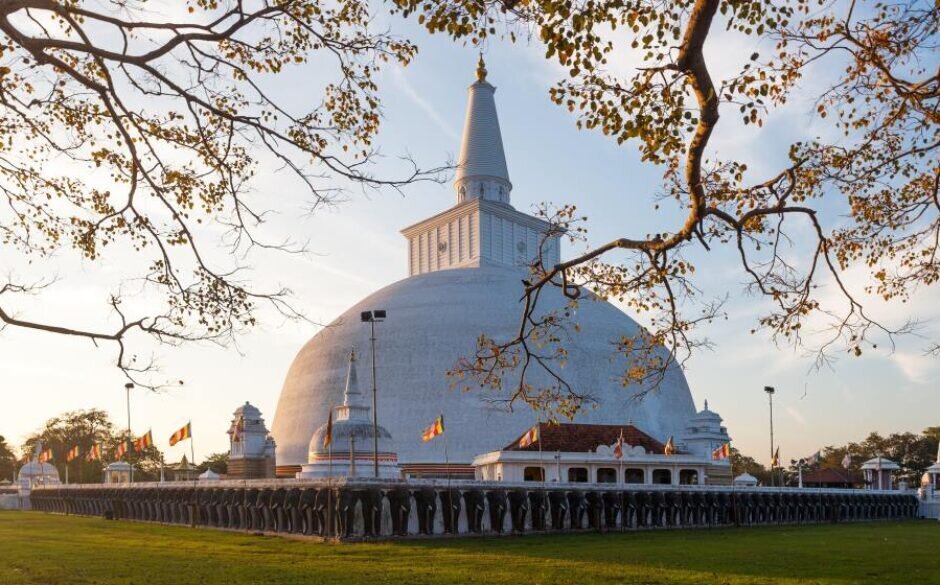
Sacred City of Kandy (1988)
The Sacred City of Kandy, also known as Senkadagalapura, is a sacred Buddhist site in Sri Lanka. It was the final capital of the Sinhala monarchs, whose patronage allowed the Dinahala culture to flourish for over 2,500 years until the British occupied Sri Lanka in 1815. It is also home to the Temple of the Tooth Relic (the Buddha’s precious tooth), which is a popular pilgrimage destination. The tooth is maintained in the Dalada Mahagana, or Sacred Temple of the Tooth, where a Thevada, or special offering, is performed three times a day with music provided by the temple orchestra dressed in traditional attire.
Kandy rose to prominence after becoming the island nation’s capital in 1470. A “Medieval Grid City” was built close to the sacred temple area to meet the needs of the newly arrived royal family and nobles. This grid city is one of a kind in South Asia and contains 486 historic buildings. Kandy remained the capital and municipal hub of Sri Lanka until the British seized the island in 1815.
Kandy hosts the Annual Tooth Relic Procession. The festival dates back to the fourth century when the relic, claimed to be a Buddha tooth, was transported to Sri Lanka. It features a midnight parade through Kandy with 100 elephants and 5,000 drummers and dancers, as well as the Tooth Relic procession.
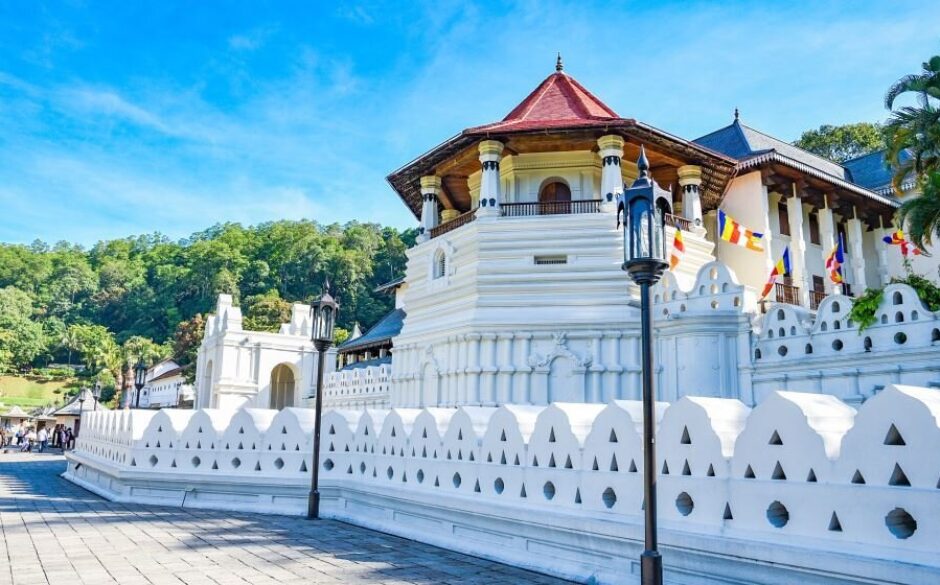
Sinharaja Forest Reserve (1988)
Sinharaja Forest Reserve is a national park and a biodiversity hotspot in Sri Lanka. It is of international significance and has been designated a Biosphere Reserve and the first of two natural UNESCO World Heritage Sites in Sri Lanka. The Reserve is one of the least disturbed and biologically unique lowland rain forests now remaining in Sri Lanka.
The word Sinharaja means lion (Sinha) king (raja). Legend has it that the Sinhala people in Sri Lanka originate from the descendants of a union between the forest lion king and a princess.
Located in southwest Sri Lanka, Sinharaja is the country’s last viable primary tropical rainforest with over 60% of the trees being unique to the area, and many considered uncommon. The forest covers approximately 1,1187 hectares.
The Reserve is home to half of Sri Lanka’s endemic animals and butterflies, as well as many insects, reptiles, and unusual amphibians.75% of the mammal species endemic to Sri Lanka occur in Sinharaja and over 150 species of birds have been recorded. 19 species of freshwater fish species inhabit the streams and rivers.
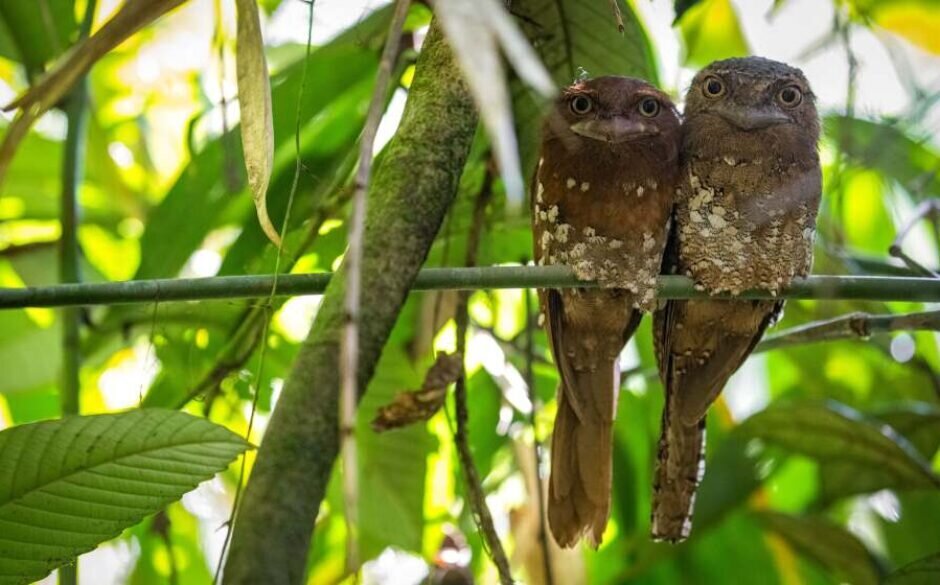
Old Town of Galle and its Fortifications (1988)
In the southwest of Sri Lanka around 100 km from Colombo, the shoreline city of Galle is a model example of a fortified city built by Europeans in South and South-East Asia, combining European architectural styles with South Asian traditions. In 1988 the town became one of the World Heritage Sites of Sri Lanka.
The Bay of Galle dates back to 545 and was one of the most active ports in Sri Lanka in the 14th century. After their arrival in 1505, the Portuguese created a trading post in Galle and constructed the small fort of Santa Cruz along with a rampart with bastions. The Dutch army took control of the small Portuguese garrison and turned it into a formidable fortress, coveted by the British, French, Danish, and Spanish.
When British rule began in 1796, Galle kept its regional administrative function and became a British colony during the Treaty of Amiens in 1802, until 1948.
The fort still has its original sewer system from the 17th century, flushed with seawater controlled by a pumping station formerly activated by a windmill, along with Dutch dwellings with dressed stone walls and large doors.
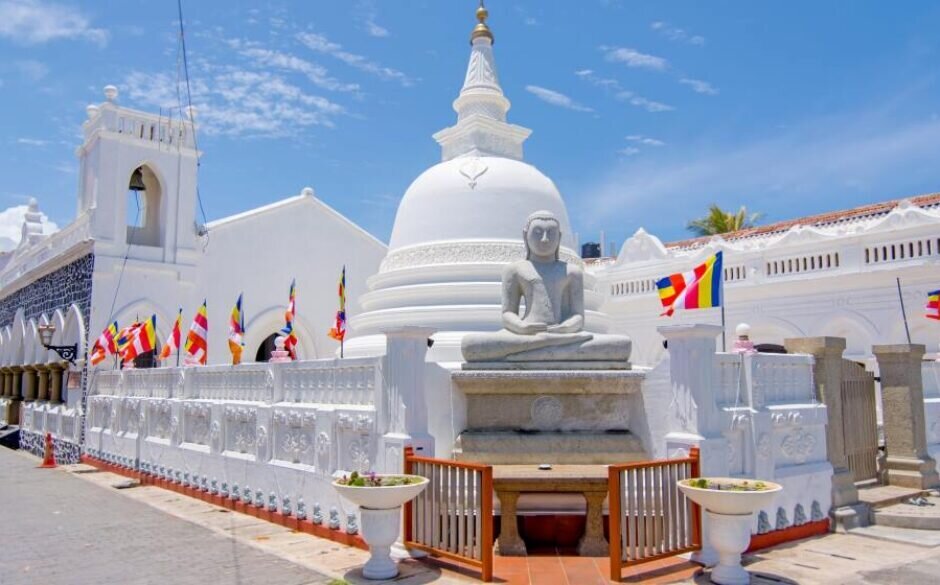
Rangiri Dambulla Cave Temple (1991)
Rangiri Dambulla Cave Temple has been a revered pilgrimage site for 22 centuries and is Sri Lanka’s largest and best-preserved cave-temple complex. This cave monastery with five sanctuaries has notable Buddhist mural paintings covering 2,100 m2 and 157 statues.
This living Buddhist site has been inhabited by forest-dwelling Buddhist monks since the 3rd century BCE. Over time, these natural caves have transformed into one of the largest and most outstanding Buddhist complexes in the Southern and South-Eastern Asian region with their innovative interior layout and decoration.
The cave shrines are differentiated by their sculpture and mural paintings that lead devotees systematically through the spaces from one ritual function to the next.
As well as being one of the World Heritage Sites in Sri Lanka, the property is a Protected Monument and is owned by the Asgiriya Chapter of Buddhist monks. They conduct the daily rituals and are responsible for the general maintenance, protection, and upkeep.
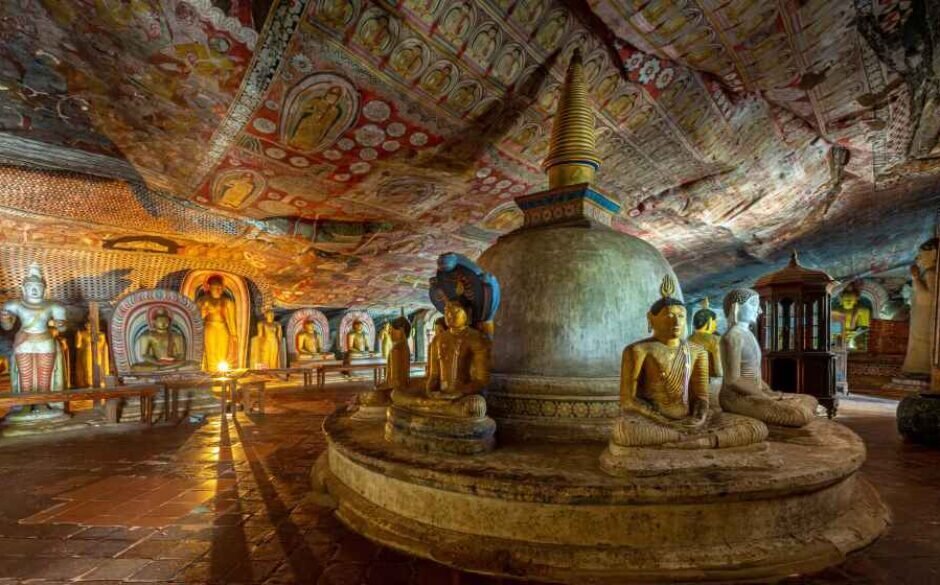
Central Highlands of Sri Lanka (2010)
The Central Highlands of Sri Lanka, along with the Western Ghats, is considered one of the world’s eight “hottest hotspots” for biodiversity, with extraordinarily high levels of species richness and endemism. The Highlands were the latest destination to be added to the UNESCO list of World Heritage Sites in Sri Lanka.
The Highlands are found in the island’s south-central region and are made up of the Peak Wilderness Protected Area, Horton Plains National Park, and Knuckles Conservation Forest. These montane forests, which climb to 2,500 metres above sea level, are home to a diverse array of flora and fauna including endangered species like the western-purple-faced langur, Horton Plains slender loris, and Sri Lankan leopard.
Because the Sri Lankan montane forests are cooler than the lowland woods, they are excellent for cloud forest growth. More than 34% of Sri Lanka’s unique trees, shrubs and herbs are exclusively found in this ecoregion, as are half of the country’s endemic flowering plants and 51% of the country’s endemic animals. These woodlands are home to various varieties of orchids, mosses, and ferns, as well as twisted, stunted trees. Montane rain forest trees are substantially shorter than lowland rain forest trees, growing to a height of 10–15 metres.
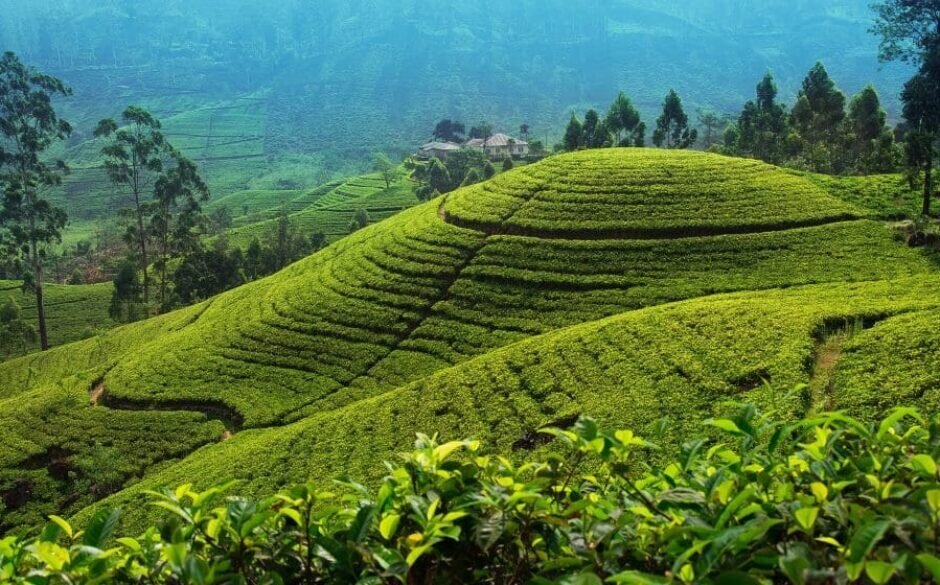
We hope our guide to World Heritage Sites in Sri Lanka has inspired you to visit this wonderful country. For details of our tours to Sri Lanka, please visit our dedicated Sri Lanka page.
Find out about World Heritage Sites in India and World Heritage Sites in Nepal.

